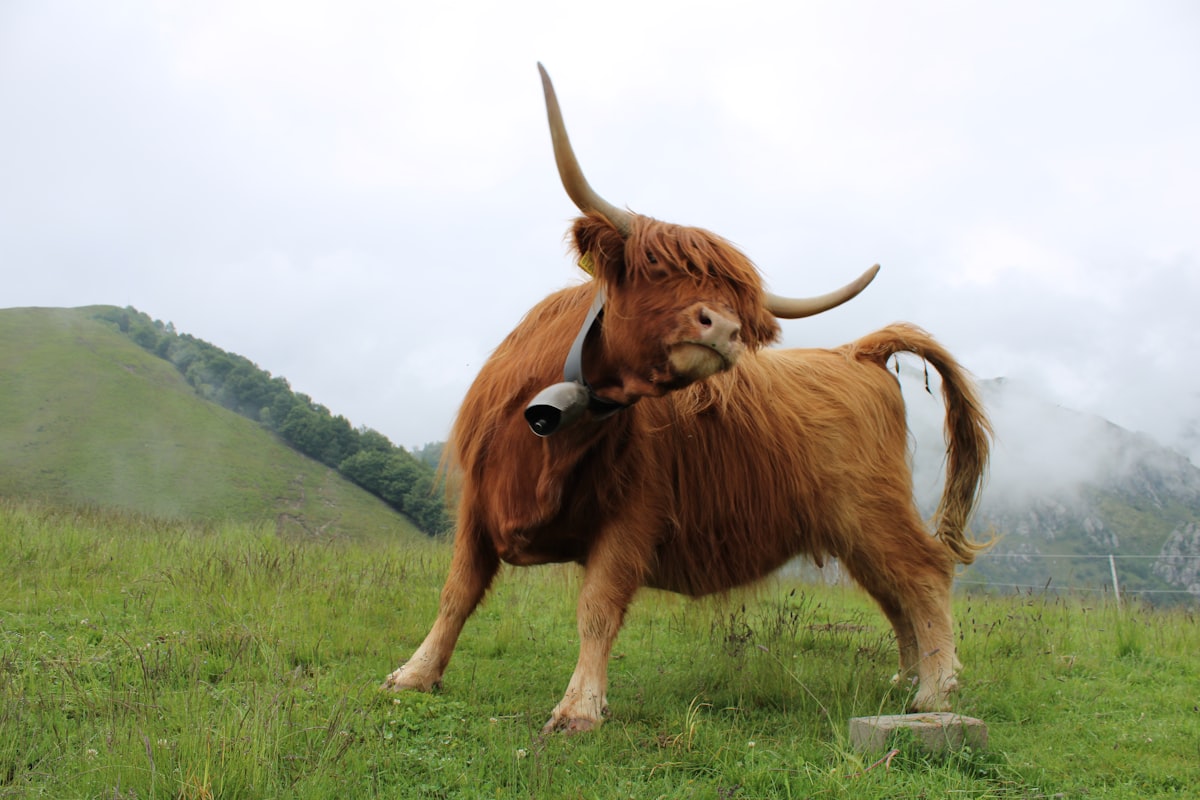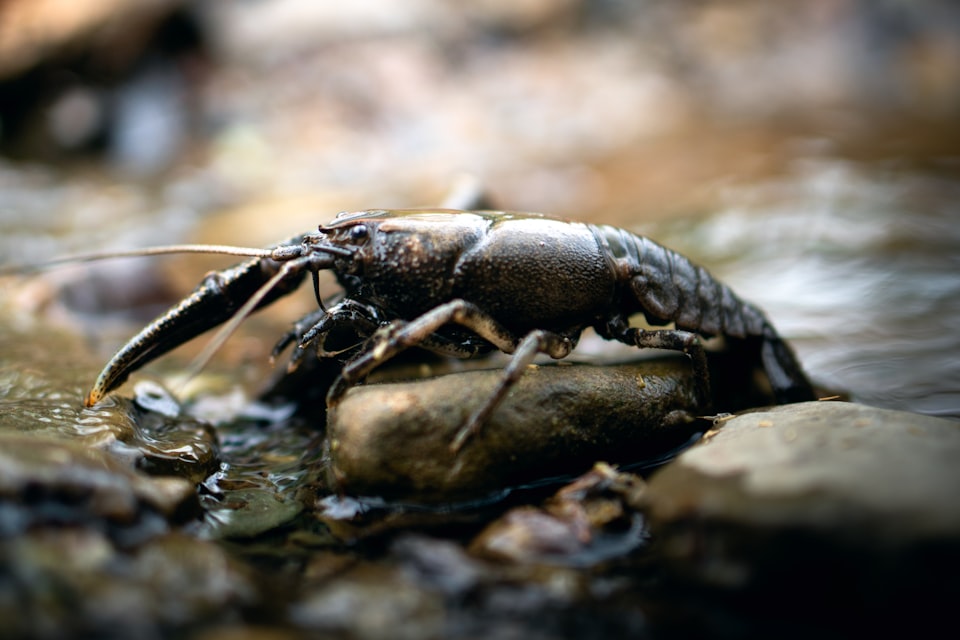V: Bull
Why bullfighting is still around

Good morning. Today is quintidi, the 5th of Pluviôse, Year CCXXXI. We celebrate le taureau, an uncastrated male cow that would like you leave its vicinity.
So why does Spain generate so much bull shit? If you think of a bull-related activity, you're like to land on bullfighting, the running of the bulls, or the rodeo. The first two are so thoroughly Spanish, they're the go-to shorthand for what Spain is in a cartoon. And the third, well, the clue is in the name. While it may be a Mexican and American activity, its origins are not native to North America but to the Spanish colonizers who named it. (The rodeo is basically what you get when bulls are too scarce and precious to kill.)
But bulls aren't a Spanish-exclusive animal, the way, say kangaroos are to Australia or pandas are to China. We've got cows literally everywhere! And we've got traditions around bulls and virility that go all the way back to prehistorical cave drawings. And yet, somehow, Spain wound up with a monopoly on the modern bull in the popular imagination.
The answer, you'll be unsurprised to find out, has to do with religion. But not the way you might think.



